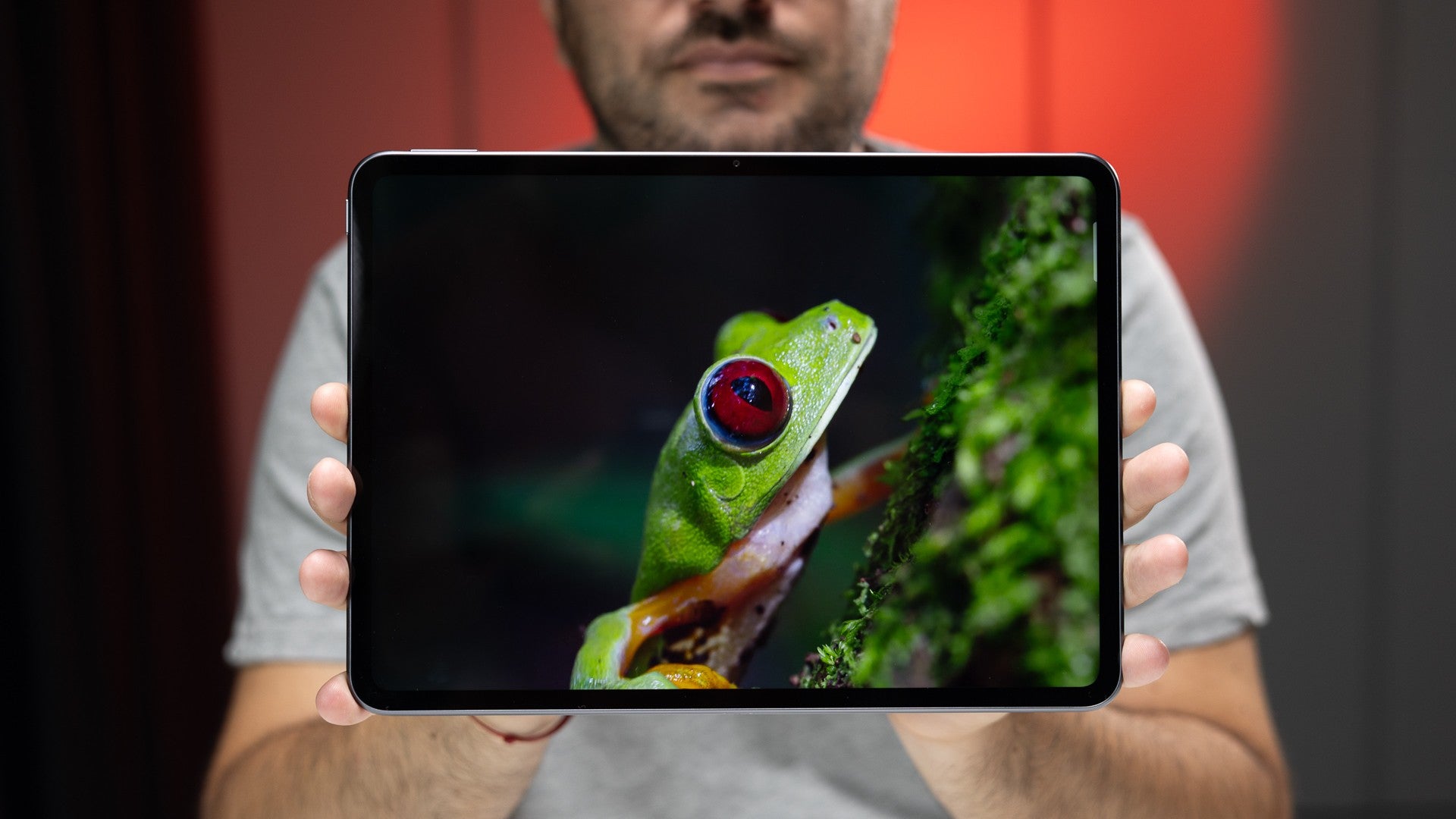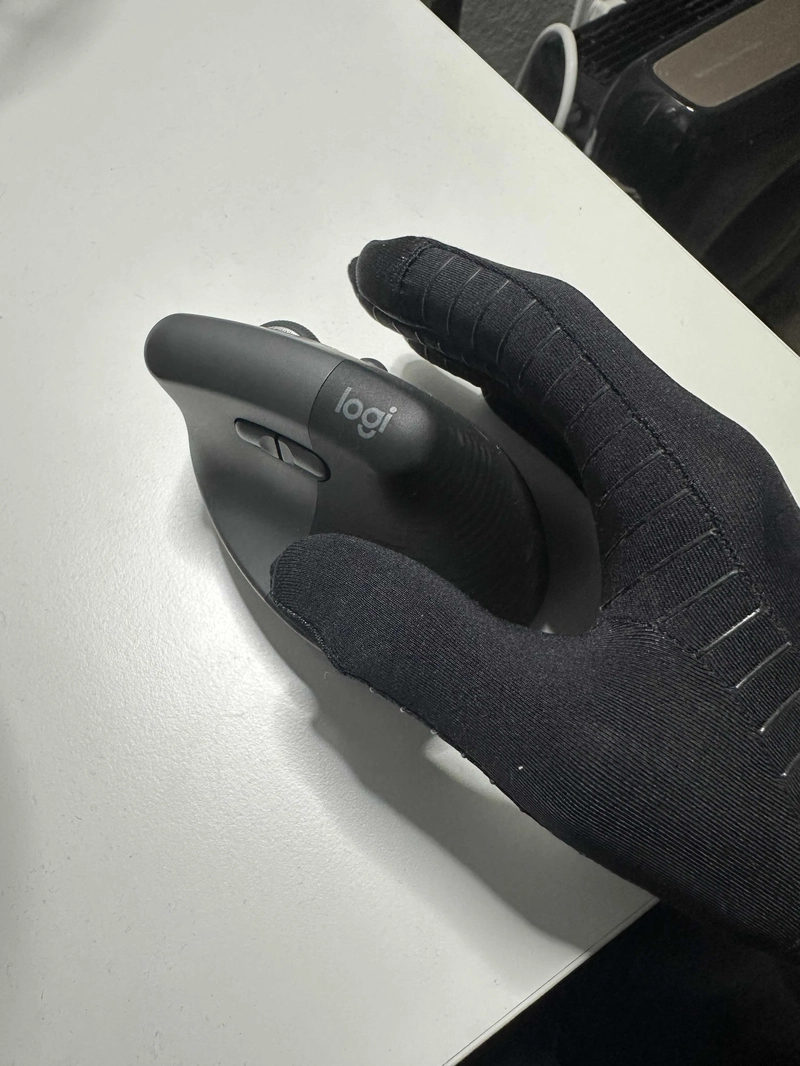Go - (9) Pointers
Pointers Here we talk about the usage of Pointers in Golang. We don't discuss pointer theories. A pointer stores the memory address of another variable. x := 5 // value of x is 5 y := x // value of y is 5 z := &x // value of z is the memory address of x *z = 6 // value of x is updated to 6 fmt.Println(*z) // prints 6 * is called the dereference operator Syntax to define a pointer: var p *int // p is an integer type pointer The & operator generates a pointer to its operand. greeting := "yellow" ptr := &greeting // a pointer to greeting variable Why use Pointers To pass the value by reference Increase the performance and memory efficiency. func replaceMsg(msg *string) { val := *msg val = strings.ReplaceAll(val, "Hi", "Hello") *msg = val } func main() { m := "Hi, Bella. Hi, Edward. Hope you're doing well!" replaceMsg(&m) fmt.Println(m) } Let's go through the above function code lines. The val := *msg dereferences the pointer msg to get its actual string value. Then it is assigned to the val variable. val = strings.ReplaceAll(val, "Hi", "Hello"): replaces all occurrences of "Hi" with "Hello" in val *msg = val: writes the modified string to the memory location msg points to. Nil Pointers If a pointer points to nothing, the code panics. Therefore, you should always check whether a pointer is nil before you move further in your code. The updated replaceMsg() with the safety check for a nil pointer is given below. func replaceMsg(msg *string) { if msg == nil { // nil pointer check return } val := *msg val = strings.ReplaceAll(val, "Hi", "Hello") *msg = val } Pointer receivers Methods can take pointers as the receiver type. Those methods can directly modify the values the pointer points to. type car struct { color string } func (c *car) setColor(color string) { c.color = color } func main() { c := car { color: "green" } c.setColor("purple") fmt.Println(c.color) // prints "purple" }
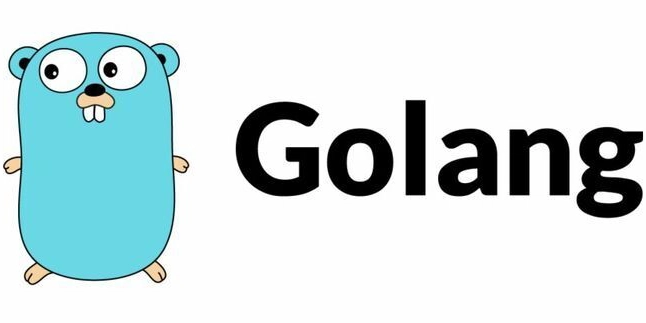
Pointers
Here we talk about the usage of Pointers in Golang. We don't discuss pointer theories.
A pointer stores the memory address of another variable.
x := 5 // value of x is 5
y := x // value of y is 5
z := &x // value of z is the memory address of x
*z = 6 // value of x is updated to 6
fmt.Println(*z) // prints 6
-
*is called the dereference operator
Syntax to define a pointer: var p *int // p is an integer type pointer
The & operator generates a pointer to its operand.
greeting := "yellow"
ptr := &greeting // a pointer to greeting variable
Why use Pointers
- To pass the value by reference
- Increase the performance and memory efficiency.
func replaceMsg(msg *string) {
val := *msg
val = strings.ReplaceAll(val, "Hi", "Hello")
*msg = val
}
func main() {
m := "Hi, Bella. Hi, Edward. Hope you're doing well!"
replaceMsg(&m)
fmt.Println(m)
}
Let's go through the above function code lines.
- The
val := *msgdereferences the pointermsgto get its actual string value. Then it is assigned to thevalvariable. -
val = strings.ReplaceAll(val, "Hi", "Hello"): replaces all occurrences of "Hi" with "Hello" inval -
*msg = val: writes the modified string to the memory locationmsgpoints to.
Nil Pointers
If a pointer points to nothing, the code panics. Therefore, you should always check whether a pointer is nil before you move further in your code.
The updated replaceMsg() with the safety check for a nil pointer is given below.
func replaceMsg(msg *string) {
if msg == nil { // nil pointer check
return
}
val := *msg
val = strings.ReplaceAll(val, "Hi", "Hello")
*msg = val
}
Pointer receivers
Methods can take pointers as the receiver type. Those methods can directly modify the values the pointer points to.
type car struct {
color string
}
func (c *car) setColor(color string) {
c.color = color
}
func main() {
c := car {
color: "green"
}
c.setColor("purple")
fmt.Println(c.color) // prints "purple"
}



































































































































































![[The AI Show Episode 143]: ChatGPT Revenue Surge, New AGI Timelines, Amazon’s AI Agent, Claude for Education, Model Context Protocol & LLMs Pass the Turing Test](https://www.marketingaiinstitute.com/hubfs/ep%20143%20cover.png)






























































































































![[DEALS] Koofr Cloud Storage: Lifetime Subscription (1TB) (80% off) & Other Deals Up To 98% Off – Offers End Soon!](https://www.javacodegeeks.com/wp-content/uploads/2012/12/jcg-logo.jpg)






























































































































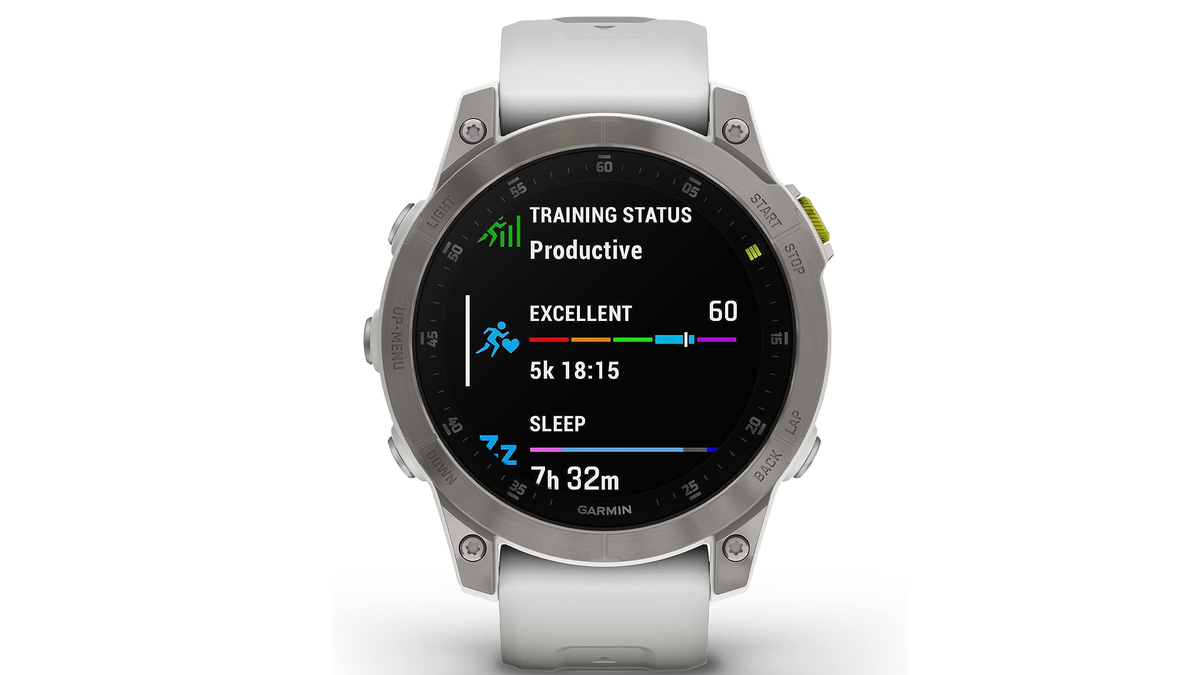
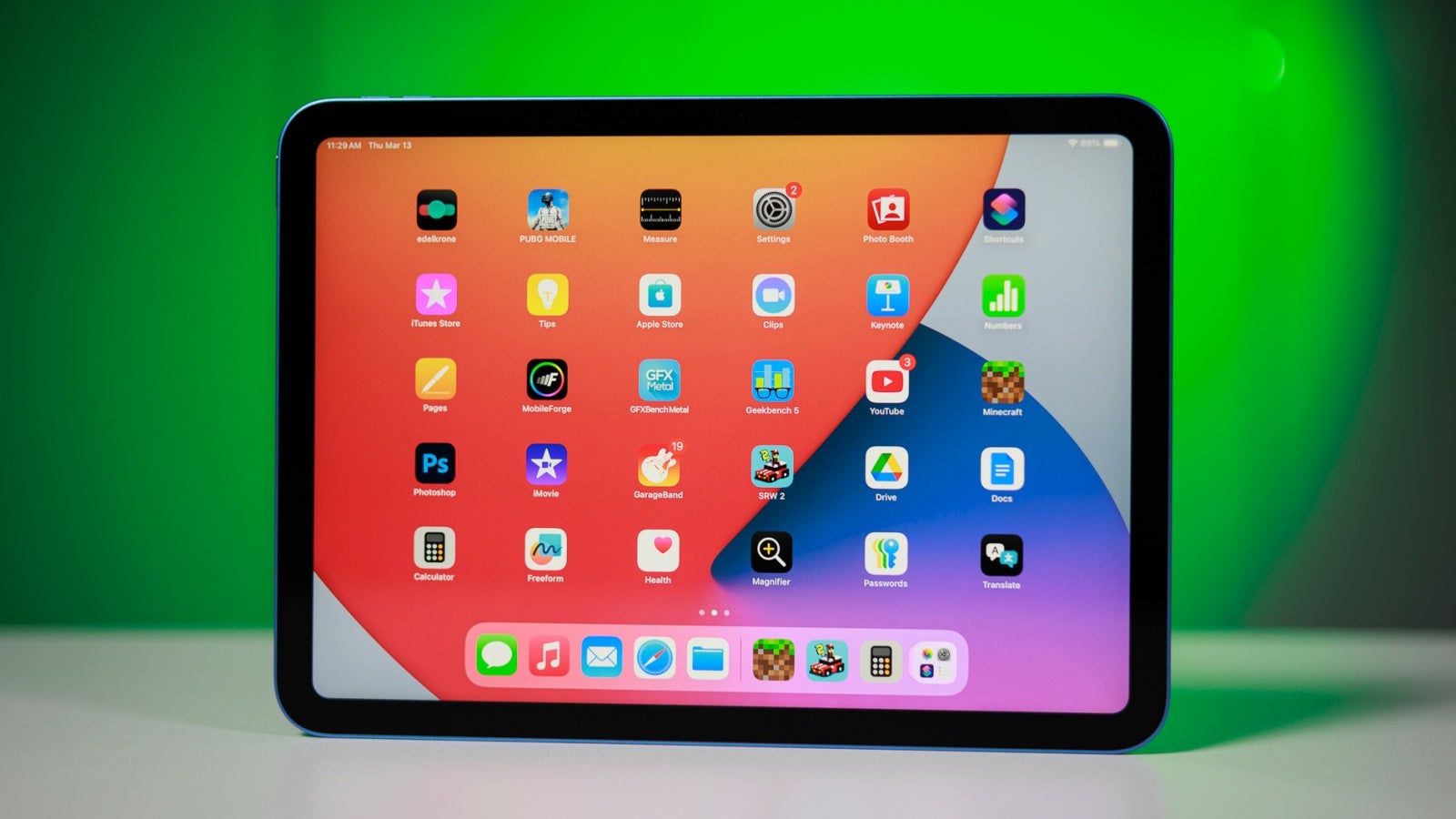










_roibu_Alamy.jpg?width=1280&auto=webp&quality=80&disable=upscale#)


.webp?#)













































































































![M4 MacBook Air Drops to Just $849 - Act Fast! [Lowest Price Ever]](https://www.iclarified.com/images/news/97140/97140/97140-640.jpg)
![Apple Smart Glasses Not Close to Being Ready as Meta Targets 2025 [Gurman]](https://www.iclarified.com/images/news/97139/97139/97139-640.jpg)
![iPadOS 19 May Introduce Menu Bar, iOS 19 to Support External Displays [Rumor]](https://www.iclarified.com/images/news/97137/97137/97137-640.jpg)















































